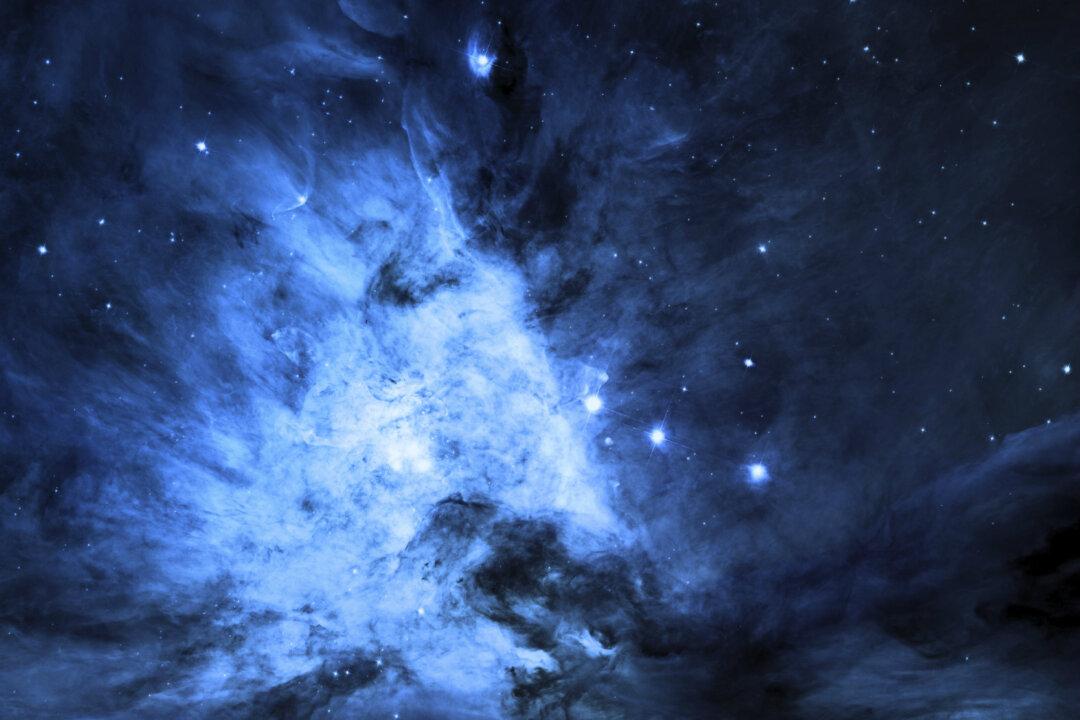The universe as we know it—stretching about 93 billion light years across—has been squeezed into a 55-acre lot in the Scottish countryside.
Land artist Charles Jencks transformed an old opencast coal mine in southern Scotland into the universe—galaxies, blackholes, star clusters, and all. The 1-million-pound ($1.42-million) commission came from the Duke of Buccleuch in 2005.
In the so-called Crawick Multiverse, towering mounds of Earth represent the spiral galaxies of Andromeda and our Milky Way. These galaxies are moving toward each other right now and are expected to meet in some 4 billion years.






